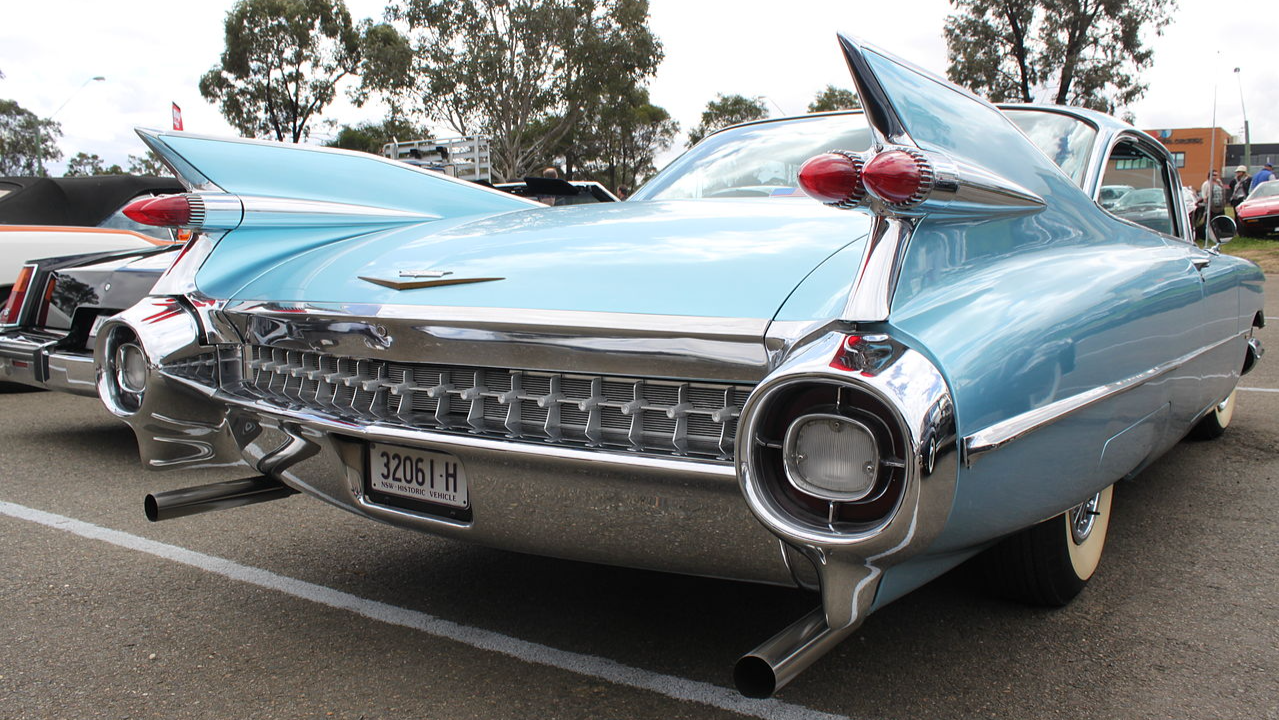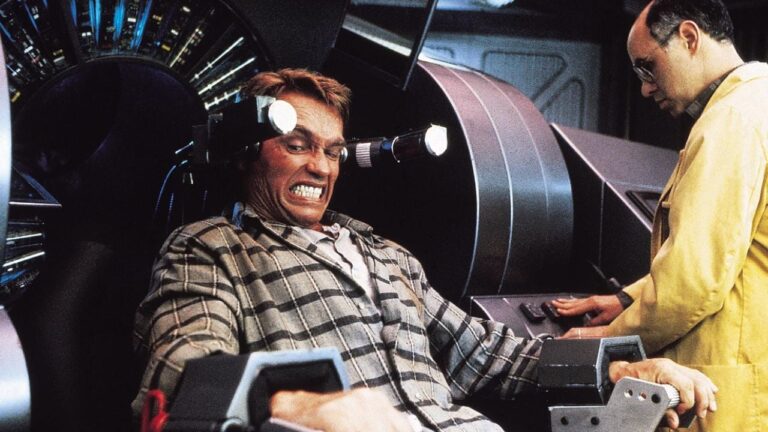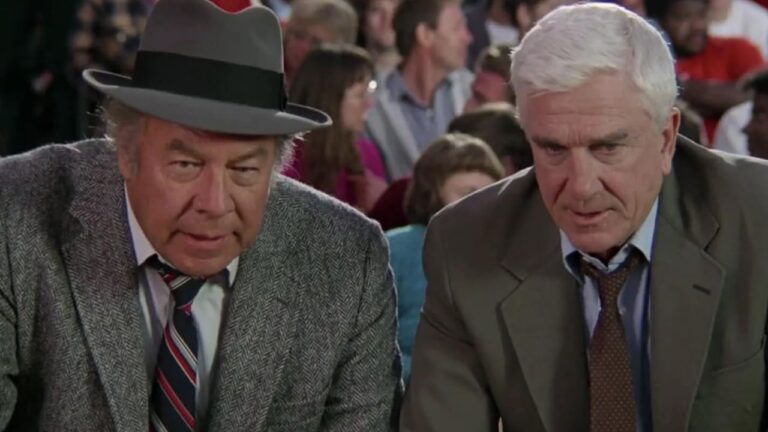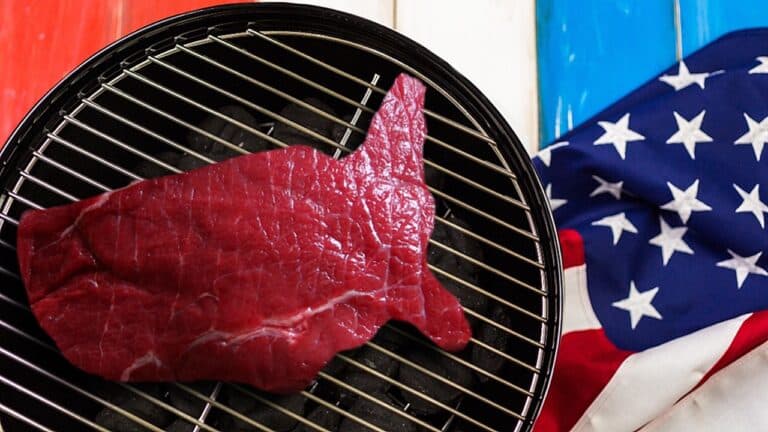13 Vintage Cars With the Coolest Wide Wings

Wide wings, commonly known as tailfins, were the trending car design during the 1950s and ‘60s American automotive industry. Designers like GM’s Harley Earl were so obsessed with tailfins that they came to symbolize innovation and cutting-edge technology.
Thanks to the cultural fascination with aviation and the emerging space race, the concept of futuristic design meant building cars that looked like airplanes and rockets. They were not just about fashion, though. Tailfins helped with stability and aerodynamics (though minimal) as much as they evoked a sense of power and elegance.
It was as if the wider the wings, the faster and more technologically advanced the car was likely to be. This trend of lavish designs coincided with a period of economic prosperity in the United States. Today, we celebrate 13 of the coolest finned cars from that era of flamboyant car designs.
1959 Cadillac Eldorado

The Eldorado is nothing short of an icon where finned vintage cars are concerned. It featured massive tailfins measuring about 42 inches tall (at its highest point above the ground) and roughly 18 inches long from the base to the tip. It was the handiwork of Bill Mitchell and looked as dramatic as it was memorable.
Mitchell sealed the deal for the car’s futuristic aesthetic with chrome accents and dual bullet tail lights. Cadillac turned to a 6.4-liter V8 for the Eldorado’s propulsion, producing 345 hp at 4,800 rpm and 435 lb-ft of torque at 3,400 rpm.
1957 Chevrolet Bel Air

The ‘57 Bel Air is an instantly recognizable classic American car, thanks to its chrome-laden exterior, V-shaped emblems on the grille, gold anodized trim, and distinctive tailfins. It relied on a range of engines to move its relatively light body, most notably the fuel-injection 4.6-liter “Super Turbo Fire” V8 engine producing up to 283 hp.
The car was available in various body configurations, including the 3,210-lb 2-door sedan, 3,250-lb 4-door sedan, 3,350-lb 2-door convertible, and the 4,495-lb Nomad Wagon. There were also 2- and 4-door hardtop models.
1958 Plymouth Fury

The 1958 Plymouth Fury is the 4-wheeled titular star in the 1983 movie Christine, based on Steven King’s novel and directed by John Carpenter. The car’s striking design perpetrated its cinematic portrayal as a malevolent supernatural entity.
It benefited from Chrysler’s “Forward Look” design language introduced by the company’s then-design chief Virgil Exner. The Forward Look helped distinguish Chrysler models from the competitors and was supposed to make the cars look more ‘forward-looking’ futuristic.
“Forward Look” brought sweeping lines, low, wide stance, floating rooflines, wraparound windshields, and the dramatic tailfins. You can’t help but fall in love with the Fury’s gold-colored wheel covers and gold-anodized aluminum trim.
1957 Chrysler 300C

The vintage 300C is a landmark automobile in America’s automotive history, thanks to its large tailfins and legendary performance. You’re looking at a limited-production, highly sought-after vintage 2-door coupe with a burly 6.4-liter Hemi V8 engine, producing an impressive 375 hp at 5,200 rpm and 420 lb-ft of torque at 3,600 rpm.
It was one of the most powerful cars of its time, with smoothly integrated tailfins running from the back edge of the rear doors to the rear end. Like Plymouth’s Fury, the Cadillac 300C’s styling was part of Virgil Exner’s ‘Forward Look’ design language. It was available in hardtop and convertible configurations.
1959 Chevrolet Impala

The Impala’s design has come a long way from the late 1950s and ’60s when it flaunted dramatic sweeping tailfins, “batwing” rear wings, cat-eye tail lights, dual rear antennas, and bountiful chrome details. The Impala was unmistakable and could never be mistaken for another car.
Its spacious interior featured two-tone color schemes, with bench seats clothed in high-quality materials. It cradled a range of burly engines under the hood, most notably the 5.7-liter Special Turbo-Thrust V8, producing 315 hp and 356 lb-ft of torque. It was available in 2-door hardtop, 4-door sedan, and convertible versions.
1959 Dodge Coronet

The Coronet flaunted elaborate tailfins on par with the design trend of the era. It benefited from Virgil Exner’s “Forward Look” space-age-inspired design, characterized by sweeping lines, bold front grille, and exaggerated tailfins with dual tail lights.
It came with a range of engines throughout its production run, most notably the 5.9-liter Super Red Ram and 6.3-liter D-500 V8 engines. The latter produced 320 hp and 425 lb-ft of torque, while the former was good for 305 hp and 395 lb-ft of torque.
The Coronet boasted innovative features like GM’s user-friendly push-button TorqueFlite automatic transmission and a padded dashboard.
1958 Buick Limited

Late 1950s and early ’60s Buicks would be missing a vital part of itself without a pair of large tailfins to make sense of its luxurious nature. The Buick Limited stood out with an extravagant design, with dramatic tailfins and distinctive taillights that were the hallmarks of the ‘50s automotive styling. The elongated body flaunted an abundance of chrome detailing, while the front fascia drew the eyes to its massive front grille.
It wasn’t as powerful as some models like the Cadillac 300C, but the performance couldn’t have been so bad with its 300-hp 6.0-liter V8 mated to Buick’s “Flight Pitch Dynaflow” automatic transmission with variable-pitch torque converter.
1960 Ford Thunderbird

The ‘60s Thunderbird is one of the coolest finned classic cars ever made, even if its wings may not have looked as pronounced as they were in the earlier years or others like the Cadillac Eldorado. It was lower and wider than its predecessors, with cleaner lines and a more sophisticated look.
The front end showcased a unique grille with dual headlights, while the rear featured horizontally oriented taillights. It relied on two V8 engines, including an optional 350-hp 7.0-liter V8 producing 490 lb-ft of torque and the standard 5.8-liter V8, producing 300 hp and 381 lb-ft of torque.
1957 DeSoto Adventurer

The 1957 DeSoto Adventurer is one of the most celebrated vintage cars from the 1950s, even though it lived a short-lived production run spanning 1956 to 1960. There weren’t supposed to be many of them, anyway. The Adventurer was a limited-edition high-performance model in DeSoto’s lineup.
DeSoto was part of the Chrysler Corp., founded in 1928 by Walter Chrysler. The brand produced mid-priced and high-end cars, and the Adventurer’s end in 1960 coincided with the marque’s discontinuation in 1961.
1959 Pontiac Bonneville

The Bonneville was a remarkable full-size car produced with 2-door hardtop coupe, 4-door hardtop sedan, convertible, and station wagon configurations. The car gained fame for its luxurious attributes and admirable performance, with a large fin that duly complemented its wide stance.
This car pioneered Pontiac’s “Wide-Track” design that increased the distance between the wheels to improve the car’s stability and road manners. It also made the Bonneville look more aggressive than it really is. It featured a 300-hp 6.4-liter V8 as the standard powerplant, complete with a well-tuned suspension and dual exhaust system.
1959 Lincoln Continental Mark IV

A car as generously sized as the 1959 Lincoln Continental Mark IV deserves an equally expansive fins to complement its size. This car earned respect in high places thanks to its capacious interior, signature rear “suicide” doors, and premium cabin materials like leather upholstery, wood trim, and deep-pile carpeting.
It boasted some of the best luxury features of its time, including a state-of-the-art AM radio, power windows, air conditioning, and power seats. These were considered innovative in the 1950s. It relied on a 7.0-liter MEL V8 for propulsion, producing 350 hp and 490 lb-ft of torque.
1957 Imperial Crown

The Crown was a product of Chrysler’s luxury division, Imperial. The Crown flaunted distinctive styling and numerous luxurious features as one of the Corp.’s flagship models. From the rear, the car draws you in with its iconic “gun sight” taillight and stylish tailfins, while the imposing front grille, accented with quad headlights, enhances the car’s commanding presence.
It commanded Chrysler’s 6.4-liter Hemi V8, producing 325 hp and 430 lb-ft of torque. The cabin welcomed passengers to a luxurious space adorned with leather upholstery, genuine wood trim, and deep-pile carpeting.
1961 Cadillac Series 62

The 1961 Cadillac Series 62 is emblematic of the American marque’s period of reputational elegance, performance, and high-end features. It was a full-sized luxury car designed to showcase a more refined persona compared to its earlier years. As a result, the Series 62 featured not-so-pronounced tailfins, with a wider front grille and a lower stance.
The overall look reflected the design direction of the early 1960s automotive industry. It was available in coupe, sedan, and convertible versions across 2- and 4-door configurations. It used the 325-hp 6.4-liter V8, producing 430 lb-ft of torque.





